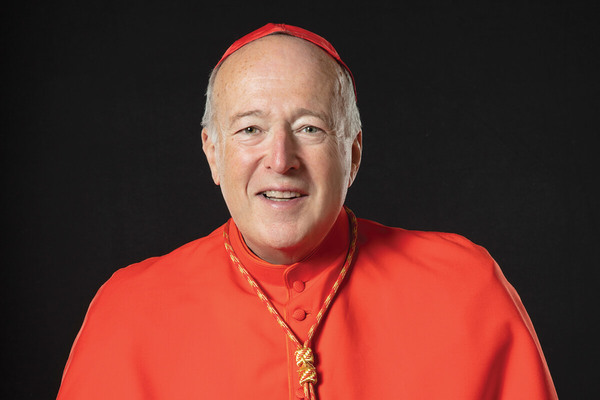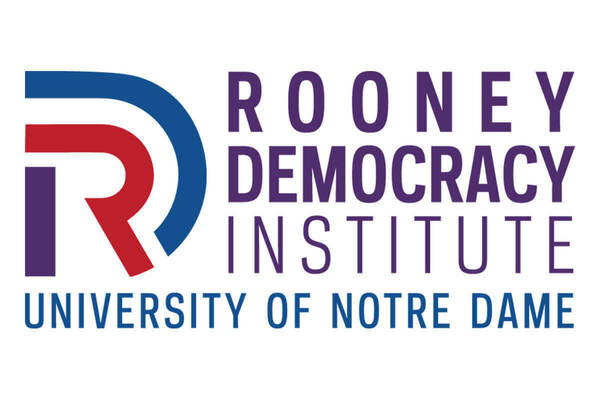High color complexity in social media images proves more eye-catching, increases user engagement

Social media has become the main stage for marketing in the digital age, and the adage “content is king” has never been more relevant.
Marketers are increasingly focused on creating social media content to capture user attention and drive engagement with content. One proven strategy to increase such engagement is using social media images. A 2021 report by the social media management software company Sprout Social found that nearly 53 percent of content marketers consider images crucial for achieving their social media goals, and approximately 70 percent of social media users prefer interacting with image-based posts over text-only content.
Despite this clear preference for social media images, there has been little research about which specific image characteristics most effectively boost user engagement and when that engagement takes place. A new study from the University of Notre Dame addresses how color complexity affects user engagement on social media.
Posts containing complex images with more varied color patterns tend to capture greater user attention and lead to increased engagement, according to lead author Vamsi Kanuri, the Viola D. Hank Associate Professor of Marketing at Notre Dame’s Mendoza College of Business. Kanuri’s findings, “Standing out from the crowd: When and why color complexity in social media images increases user engagement,” were recently published in the International Journal of Research in Marketing.
Along with Christian Hughes from Case Western Reserve University and Brady Hodges from the University of Missouri, Kanuri examined color complexity — measured as the variation in colors across pixels in an image. Images with higher color variation require more cognitive processing, hence they are perceived to be more complex than those with lower color variation.

The significance of color in marketing is well documented, influencing everything from brand perception to purchase intentions. However, the particular role of color complexity in social media engagement had not been explored before Kanuri and his team turned their attention to it.
Using advances in computer vision algorithms to measure color complexity and the biometric eye-tracking method to study attention, this research explores whether and how varying levels of color complexity can enhance user engagement with social media images.
“We find that more complex images in a social media post tend to capture greater user attention, leading to increased engagement with those posts,” said Kanuri, who specializes in digital and multichannel marketing. “This supports the notion that higher color complexity can be beneficial.”
The team also uncovered several nuances of color complexity that marketers should consider as they work to maximize user engagement.
First, the effectiveness of color complexity varies based on several factors. For instance, posts made later in the day and those featuring longer images that take up more screen space on the viewing device tend to accentuate the effect of color complexity. This suggests the timing and visual prominence of posts influence how well images with certain color complexity can maximize engagement.
Conversely, the study found color complexity is less effective at driving user engagement when images are paired with text containing negative sentiments. This highlights the importance of the accompanying text’s tone and how it can affect the perception of even well-designed images.
“Interestingly, we also found that complex text accompanying an image in a social media post can actually strengthen the link between color complexity and user engagement, contrary to initial expectations,” Kanuri said. “This counterintuitive finding suggests more intricate textual content might encourage users to pay more attention to the images.”
The study found that using larger images with greater color complexity later in the day and accompanied by complex text containing positive sentiments leads to maximum user engagement.
For marketers and content creators, the implications are clear, Kanuri said. “Investing in the careful curation of social media images — especially those with high color complexity — can lead to better user engagement. It’s crucial to align image characteristics with other post features and to be mindful of the timing and context of social media interactions.”
Kanuri encourages marketers to integrate these insights into their content strategies and continue to learn about factors that influence how users interact with their posts. “By doing so, they can optimize their social media presence and achieve greater success in their digital marketing efforts,” he said.
Contact: Vamsi Kanuri, 574-631-2399, vkanuri@nd.edu
Latest ND NewsWire
- Notre Dame, Beacon Health System announce new, multiyear research collaborationThe University of Notre Dame and Beacon Health System have announced a new, multiyear research collaboration. Through this agreement, Notre Dame and Beacon will jointly develop collaborative, health-focused research projects that are of interest to both organizations, particularly in the areas of oncology and health data.
- Cardinal Robert McElroy, archbishop of Washington, DC, to speak at Notre Dame Forum event on ‘Healing Our National Dialogue and Political Life’Cardinal Robert McElroy, archbishop of the Archdiocese of Washington, D.C., will join University President Rev. Robert A. Dowd, C.S.C., for a conversation titled “Healing Our National Dialogue and Political Life” at 4 p.m. Friday (Oct. 17) in Room 215/216, McKenna Hall, as part of the 2025-26 Notre Dame Forum on the theme “Cultivating Hope.” This event is free and open to the public.
- ND experts offer insight on ‘Dilexi Te’On Thursday (Oct. 9), Pope Leo XIV issued his first major document, “Dilexi Te” (“I Have Loved You”), addressed to all Christians and divided into five chapters. Below, experts from the University of Notre Dame’s College of Arts and Letters, Keough School of Global Affairs, Institute for Social Concerns and the Institute for Educational Initiatives respond to the document.
- Notre Dame’s Kellogg Institute partners with Vanderbilt University to launch 2025-26 democracy surveyThe University of Notre Dame’s Kellogg Institute for International Studies and Vanderbilt University’s Center for Global Democracy are partnering to advance one of the world’s leading surveys on attitudes toward democracy. Starting in October, the Center for Global Democracy, with support from the Kellogg Institute, will conduct the 2025-26 round of the AmericasBarometer, which tracks public opinion on democracy in 20 countries across the Americas.
- Notre Dame to award 2026 Evangelium Vitae Medal to Wm. David Solomon, founding director of the de Nicola Center for Ethics and CultureThe de Nicola Center for Ethics and Culture at the University of Notre Dame announced that the late Wm. David Solomon, associate professor of philosophy emeritus and founding director of the center, has been named the recipient of the 15th annual Notre Dame Evangelium Vitae Medal, the nation’s most important award for heroes of the pro-life movement. The medal will be presented to Solomon’s family at a special Mass and dinner May 1, 2026, at Notre Dame.
- Francis and Kathleen Rooney make transformative gift for Notre Dame institute focused on democracy research and educationFrancis and Kathleen Rooney of Washington, D.C., and Naples, Florida, have made a gift to the University of Notre Dame to endow an institute in the College of Arts & Letters committed to the preservation of American democracy through research, teaching and public engagement. The Rooney Democracy Institute, formerly known as the Rooney Center for the Study of American Democracy, aims to advance Notre Dame’s role as a national and global leader in democracy scholarship and as a convener of bipartisan conversations about the future of democracy.













